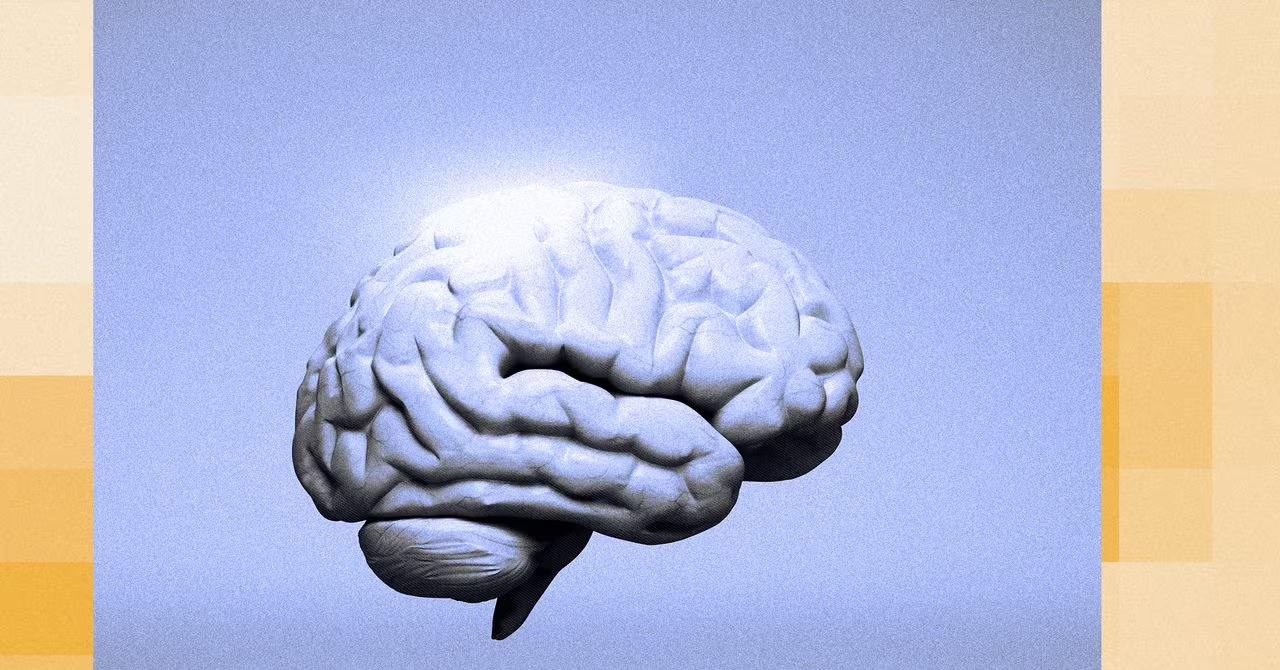Ben Goertzel: The Decades-Long Quest to Build True Artificial General Intelligence
In the current era of ubiquitous Large Language Models (LLMs) and generative AI, the term Artificial General Intelligence (AGI)—AI capable of human-level cognitive flexibility—has moved from science fiction to the primary goal of the world’s largest technology companies. Yet, long before OpenAI and Google made AGI their mission, one figure dedicated his career to this pursuit, often operating outside the mainstream: Dr. Ben Goertzel.
Goertzel, a cognitive scientist and chief executive of SingularityNET, is frequently referenced as the intellectual father of the modern AGI movement. While the technology itself remains an aspiration rather than a completed invention, Goertzel’s decades of work in defining, designing, and building architectures like OpenCog established the foundational roadmap for achieving true general intelligence in machines.
Defining the AGI Pioneer: Goertzel’s Vision
The provocative title often associated with Goertzel—”The Man Who Invented AGI”—reflects his unique position. He didn’t invent AGI in the sense of delivering a finished product, but he was instrumental in defining the field and maintaining its viability during the long “AI Winter” when deep learning was not yet dominant.
Goertzel’s approach fundamentally differs from the current paradigm of Narrow AI (ANI)—the specialized systems like ChatGPT or AlphaFold that excel at single tasks. ANI relies heavily on massive datasets and statistical pattern recognition. Goertzel argues that AGI requires something more: cognitive synergy.

The Core Difference: Synergy vs. Scale
For Goertzel, intelligence is not just about scale; it’s about integration. His vision requires a system where multiple cognitive processes—such as symbolic reasoning, probabilistic logic, evolutionary learning, and memory—work together seamlessly, much like the human mind. This is the principle behind his primary project, OpenCog.
This philosophy connects back to early pioneers of symbolic AI. The historical context of AGI development includes figures like Dr. Pei Wang, a computer scientist at Temple University known for his work on the Non-Axiomatic Reasoning System (NARS). NARS focuses on reasoning under uncertainty and limited resources, representing a key thread in the history of AGI concepts that Goertzel and his collaborators drew upon. While Dr. Wang noted that he only vaguely remembers specific early discussions, the theoretical groundwork laid by such researchers was critical to shaping the multi-faceted approach Goertzel championed, emphasizing reasoning and learning over pure pattern matching.
OpenCog: A Blueprint for Cognitive Architecture
OpenCog is Goertzel’s most significant contribution to the practical pursuit of AGI. It is not a single algorithm but a comprehensive framework designed to integrate various AI paradigms into a unified system.
Unlike the monolithic, end-to-end training of LLMs, OpenCog is built on a decentralized, modular structure. Key components include:
- The AtomSpace: A distributed, graph-based knowledge representation database that stores all information, including facts, rules, and beliefs, with associated truth values and attention values.
- The Economic Attention Allocation Mechanism: A system that prioritizes which processes (atoms) the system should focus on, mimicking human attention and resource management.
- The PLN (Probabilistic Logic Network): A module for uncertain, probabilistic reasoning, allowing the system to handle real-world ambiguity.
- The MOSES (Meta-Optimizing Semantic Evolutionary Search): An evolutionary program learning module that enables the system to self-modify and improve its own code and algorithms.
This architecture is designed to facilitate cognitive synergy, meaning the whole system is greater than the sum of its parts, allowing for emergent, general intelligence.
“The core problem of AGI is not just achieving one specific capability, but achieving a system where all capabilities—reasoning, learning, perception, memory—interact in a synergistic way,” Goertzel has stated, emphasizing the need for a hybrid approach combining symbolic and connectionist methods.

From Fringe to Forefront: The Shifting AI Landscape
For many years, Goertzel’s work was considered niche, even radical, by the mainstream AI community, which was focused first on expert systems, then on statistical machine learning, and eventually on deep learning. The massive success of LLMs in the early 2020s, however, dramatically changed the conversation.
While LLMs demonstrated incredible proficiency in language generation and pattern recognition, they still fall short of true AGI due to inherent limitations in:
- Causal Reasoning: LLMs struggle to understand cause and effect beyond statistical correlation.
- Novel Problem Solving: They are generally poor at tasks requiring abstract, out-of-distribution thinking.
- Self-Modification: They cannot fundamentally change their own architecture or learning processes without retraining.
This realization has led major industry players to acknowledge that the current deep learning paradigm may hit an intelligence ceiling, validating Goertzel’s long-held belief that a hybrid, integrated approach—like OpenCog—is necessary to bridge the gap between ANI and AGI.
In 2025, the pursuit of AGI is no longer a fringe endeavor; it is the central technological race. Goertzel’s early commitment, his definition of the problem, and his creation of a working framework have positioned him as a crucial historical and contemporary figure in this high-stakes field.

Key Takeaways: Understanding Goertzel’s Legacy
Ben Goertzel’s significance lies in his unwavering dedication to the concept of Artificial General Intelligence and his creation of a concrete, hybrid architecture to pursue it. Here are the essential points:
- Pioneer of AGI: Goertzel defined and popularized the modern pursuit of AGI when it was largely ignored by mainstream AI researchers.
- Hybrid Approach: He advocates for combining symbolic reasoning (rules and logic) with connectionist methods (neural networks) to achieve true general intelligence.
- OpenCog: His primary project is a modular, decentralized cognitive architecture designed for cognitive synergy, integrating components like the AtomSpace and the Probabilistic Logic Network (PLN).
- Contrast with LLMs: Goertzel’s work addresses the limitations of current LLMs, specifically their lack of robust causal reasoning and self-modification capabilities.
- Current Relevance: As major tech companies pivot toward AGI, Goertzel’s foundational work is now recognized as highly relevant to solving the next generation of AI challenges.
Conclusion
The story of Ben Goertzel is a testament to the power of maintaining a long-term vision, even when it runs counter to prevailing trends. While the invention of AGI is still underway, Goertzel provided the blueprint and the sustained effort necessary to turn a theoretical concept into an engineering challenge. His work ensures that the future of AI development will likely be hybrid, integrated, and focused on the cognitive flexibility that defines true general intelligence.
Original author: Steven Levy
Originally published: October 31, 2025
Editorial note: Our team reviewed and enhanced this coverage with AI-assisted tools and human editing to add helpful context while preserving verified facts and quotations from the original source.
We encourage you to consult the publisher above for the complete report and to reach out if you spot inaccuracies or compliance concerns.

